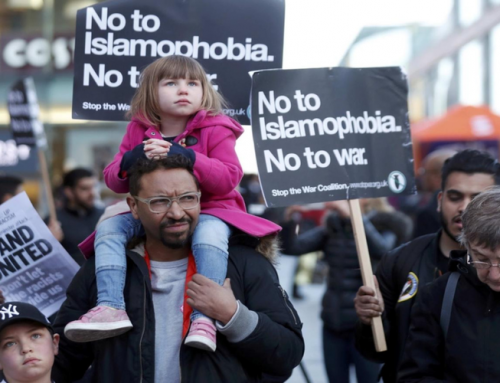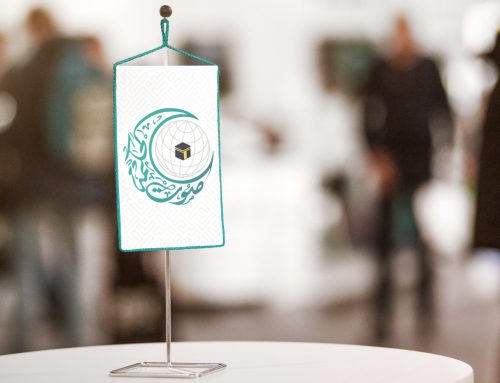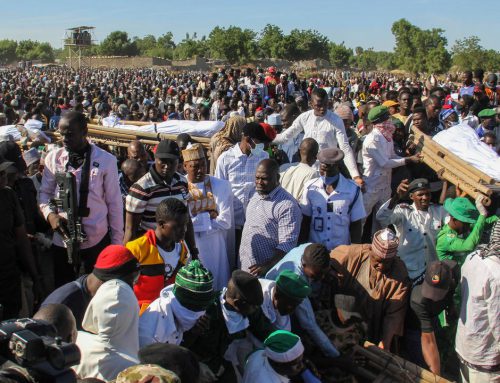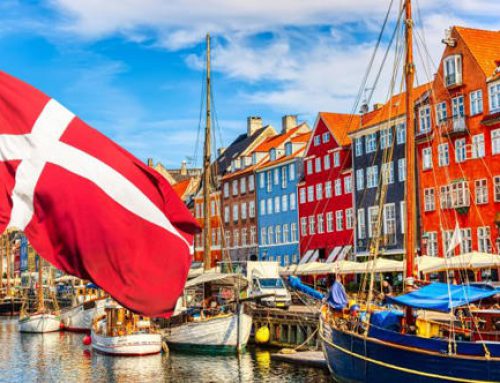The New Year’s celebrations in Bethlehem often bring back memories of the peaceful coexistence between the Christians of Palestine and the Middle East with their Muslim brethren. The mass services attended by Muslims and Christians mark a shared vision of peace, understanding, and compassion.
It is a welcome refuge from a contemporary world torn apart by conflict, extremism, closed-mindedness, exclusivity, intimidation and Islamophobia. There is a historical coexistence that began after the Islamic conquests. It is a unique case of inter-religious relations formulated based on the Eastern mentality of compassionate hosting. This philosophical and social oriental pattern, which accepts diversity and coexistence, is a centuries-old proven formula of acceptance, coexistence and tolerance and explains why Islam coexisted for hundreds of years with Christianity, Judaism, Yazidism, Sabeanism, Zoroastrianism, Mandaeism, Yarsanism, and others.
In light of the above facts, the question arises as to why did all these religions remain and maintain their presence in the face of the Islamic expansion. The answer to this question arises from the philosophy formulated by the Holy Quran that defines how differences between cultures and religions are to be understood and expressed. The Quran offers founding principles and a philosophy that transcends tolerance in its linguistic and semantic meanings towards acceptance and coexistence. The need to protect this coexistence arose from being a God-given law, as the Quran reads: “And if your Lord had willed, He could have made mankind one community; but they will not cease to differ” (Surah Hud 118-119), and “So remind. You are only a reminder. You have no control over them”. (Surah Al-Ghashiyah 21-22). The Quran has also stated “The truth is from your Lord. Whoever wills—let him believe. And whoever wills—let him disbelieve” (Surat Al-Kahf 29), and said “There shall be no compulsion in religion; the right way has become distinct from the wrong way” (Al-Baqarah 256). Thus, difference according to the Qur’an is God’s will in its own right.
This Qur’anic philosophy was keenly embodied by the Prophet Muhammad (PBUH) when he repeated in dozens of narrations his warnings against harming non-Muslims living among Muslims by saying: “Who he does injustice or gave them less than their rights or pushed them to do over their capacity or took something from them unwillingly, I will challenge him on the Day of Resurrection.” This Quranic and prophetic teaching imposed a political, intellectual and juristic approach that framed the jurisprudence of Muslims’ relationships with the followers of other religions. The legislative body of Islam, during the early days, acted according to this logic and included all religions and faiths that Islam dealt with in Central Asia and India, such as Buddhism and Hinduism, under the framework of this philosophy.
The legal doctrines of Muslim scholars such as Malik, al-Awzai and al-Thawri and many others including Ibn Taymiyah and Ibn al-Qayyim stated that the contract of safety is given by Muslims to all non-Muslims and polytheists without qualification. They recognized the right of these religions to exist and accepted their beliefs and religions. It is worth mentioning that Imam Shafi’i issued a decree prohibiting a Muslim man from preaching to his Christian wife to convert to Islam, fearing that he might coerce her to do so, using his power over her and that she might convert to avoid divorce.
This logic, which guided the Islamic legislation and the establishment of the Islamic state, preserved the survival of these religions and required all Islamic doctrines and followers to commit to their duty to defend and fight for the protection of non-Muslims and not to force them to change their religion.
It is noteworthy mentioning that one of the rulers ordered the demolition of a church in Egypt. Imam al-Layth ibn Saad wrote to the Muslim caliph asking to sack the governor because, according to al-Layth, he was a heretic. He ordered the building of the destroyed church and the construction of new churches whenever Christians deemed it needed. Al-Layth Ibn Sa’d referred in his decree to the Quranic verse “And who is more unjust than those who prevent the name of Allah from being mentioned in His houses and strive toward their destruction.” (Al-Baqarah: 114).
This type of co-existence cemented the social and multi-ethnic fabric of Egypt during the Crusades. History records that the Crusaders, during their first campaign against the Muslim world, wrote to the Copts asking for their help against the Muslims under the pretext of the Christian brotherhood that united them. The Pope of Egypt’s rejection was absolute, choosing to stand alongside the Muslims. This led the Crusaders to prevent the Copts from going to Jerusalem after its conquest in 1099 C.E to take revenge on the Copts for their lack of cooperation.
Non-Muslims wherever in the Middle East enjoyed the same level of tolerance the Coptic enjoyed. It is worth noting the example of coexistence between religions in Palestine, where Muslims, Christians and Samaritans (Palestinian Jews) live in cooperation, tolerance and compassion without alienating the minority by the majority. There is even a Palestinian rejection of the term ‘minority’ and ‘majority’ in this context. In Palestine, the keys of the Church of the Holy Sepulcher in Jerusalem are in the hands of two Muslim families, the Joudeh family and the Nusaybah family, where members of the two families open and close the gates of the church on daily basis, and protect the church. Maimonides, the most influential figure in the Jewish religion after Prophet Muses, lived in Egypt and worked in the court of Sultan Salah al-Din al-Ayyubi.
History books are full of such cultural models of coexistence and religious acceptance of the other. This reflected in its entirety the philosophy that prevailed after adopting the Constitution of Medina, which recognized Jews and non-believers’ right to freedom of religion. This Eastern pattern of tolerance invoked the jealousy of Voltaire (the philosopher of tolerance), calling on Europe, which at the time was still hostage to religious conflicts, to look to the East and learn from Islam and its coexistence with Christianity, Judaism and various other religions in harmony and fraternity, which was rare at the time.
Based on the above principles, the Organization of Islamic Cooperation (OIC), as the united voice of the Islamic world and the second international organisation after the United Nations, has taken upon itself the task of preserving this human heritage which is a fine example of the concepts of coexistence and multiculturalism. The OIC has established a department dedicated to intercultural and inter-religious dialogue, which is responsible for coordinating dialogue, coexistence and tolerance among the followers of the different religions and cultures in the member states and beyond.
The most recent effort of the OIC was the holding of two international conferences for interfaith reconciliation and dialogue. The first was held from 09 to 11 December 2017 in Dakar and sought to bring together the views of the Christian and Muslim Central African teams to rebuild the social and religious fabric decimated by the civil war of 2013. The OIC also organized a conference for interfaith reconciliation and dialogue between Islam and Buddhism from 18 to 20 December 2017 in Bangkok. This was an attempt to alleviate the suffering of minorities in some states in the region by bringing Muslim and Buddhist religious leaders to the table to find a roadmap out of the crisis affecting these minorities specially in Myanmar and establish the bases of understanding and reconciliation between the region’s religions and races.
Bashir Ahmad Ansar is the Director of the Dialogue and Outreach Department and the Voice of Wisdom: Center for Dialogue, Peace and Understanding at the Organization of Islamic Cooperation (OIC). He has previously taught at Southern Methodist University (SMU) in Dallas, Texas and has written ten books and approximately 100 articles on culture, religion, radicalization, politics and identity. He is a former Afghan diplomat.





